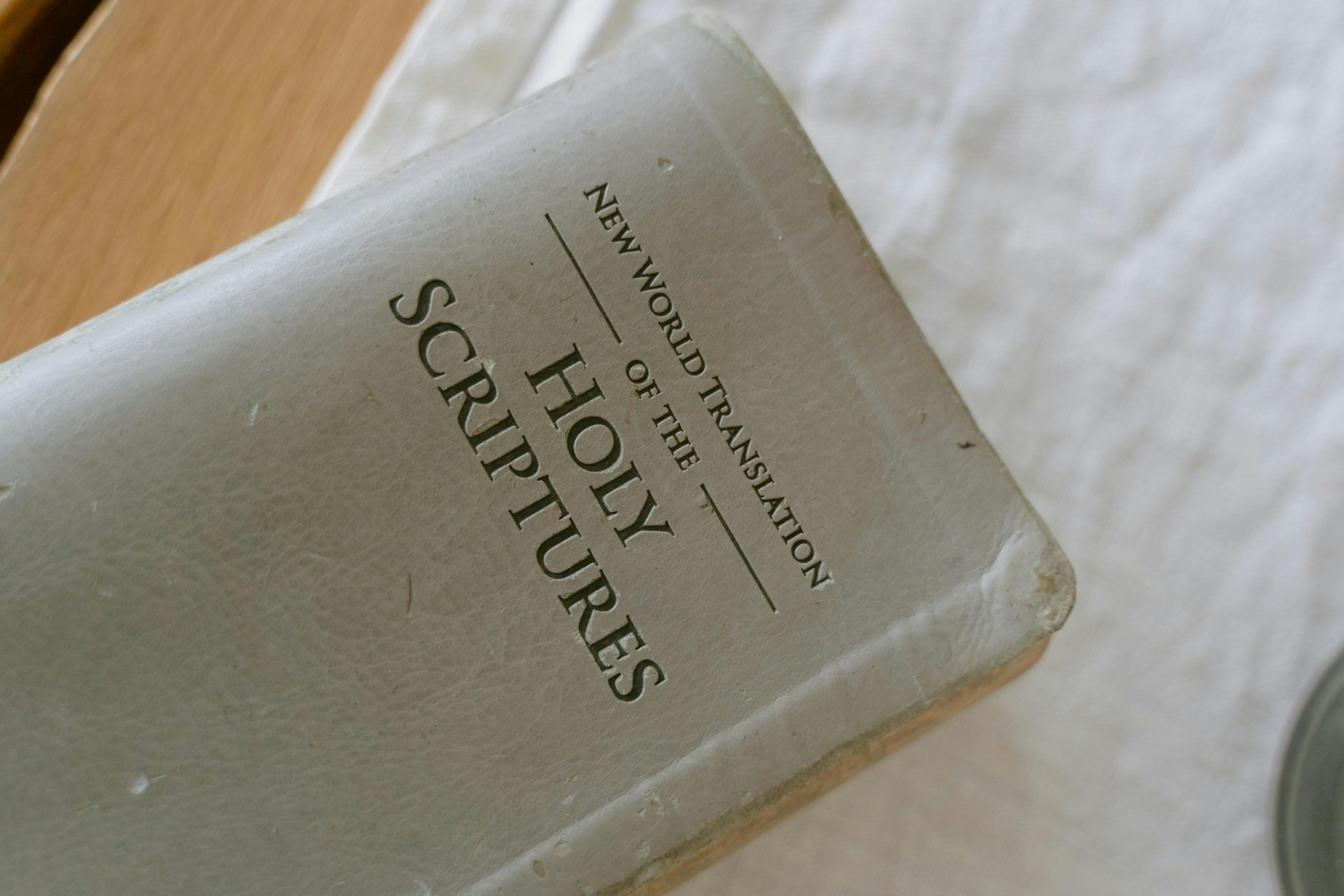The basic ingredients to make soap
Soap making is a delicate process, but the ingredients used to make soap are quite simple: oils, lye, water, fragrances, dyes, and other optional additives. The fats and oils used in soap can be derived from animal or vegetable fats. Soaps made with vegetable oils are generally milder than those made with animal fat. The most useful oils for soap making are fixed oils, oils that can be heated to a high temperature without evaporating. Fixed oils include a variety of base oils, such as olive, palm, and coconut oils.
There are two types of fats used to make soap: saturated fats and unsaturated fats. Saturated fats make a hard soap.
They usually come in a solid form and must be melted before use; cocoa and shea butters are good examples of saturated fats. Unsaturated fats, like some vegetable oils, come in a liquid form and are commonly used to make liquid soap. To use these fats to make bar soap, they must be mixed with saturated fat; The more saturated fat you use, the harder the bar will be.
Historically, lye (also called sodium hydroxide, potash, or caustic soda) was extracted by hand from wood ashes. It is now commonly found in many hardware and grocery stores. It is the ingredient that hydrolyzes oils or fats, and turns them into soap.
The minerals and other additives in tap water make it less than ideal for making soap. Therefore, it is better to use distilled, bottled or spring water. There are two types of fragrance oils: essential oils and fragrance oils. Fragrance oils are artificial and contain alcohol, so they are generally avoided; the alcohol and other chemicals in the oil can dry out or irritate the skin and cause unforeseen problems with the saponification process, or ruin the soap mixture altogether.
Essential oils are more expensive and sometimes harder to find; however, a smaller amount is required (usually just a drop or two) and they retain their aroma better because they are not diluted. Thoroughly research oils before using them; some can be irritating to the skin or even toxic. Also, different amounts are required for different oils, because some will overpower others if the same amount is used for all.
Avoid potpourri, scented candle oils, and other strong commercially manufactured fragrances, as they often contain harsh chemicals that can also irritate the skin. Whole or crushed herbs can also be used, but they will not deliver their full benefits in a first batch of soap; If you use herbs, the best thing to do is to re-make the soap later, to extract the full benefits of the herbs.
Dyes can be purchased at a soap making supply store.
There are also several other natural ingredients that you can use to dye your soap, such as clay powder, cocoa powder, tea, paprika, saffron, or ratanjot. Avoid using fabric dyes, hair dyes, candle dyes, or paints to tint your soap; even if they are labeled “non-toxic”, they are not safe to have in contact with the skin for long periods of time and may stain the skin.
Some sources say that crayons can be added to soap for coloring, as long as they are made from stearic acid (most crayons now made are), but there is some debate on this issue; it’s probably best to err on the side of caution and avoid using them.
Depending on the oils used in the recipe, the resulting soap can be prone to spoilage.
Various preservatives can be used, such as vitamins E, C and A, which are also great for the skin. These vitamins can be found in various oils. Sand or pumice stone can be added to the soap to make it exfoliating. Also, some metals, such as titanium, silver, nickel, or aluminum, can be added for antibacterial properties and to make the soap a bright white color.
